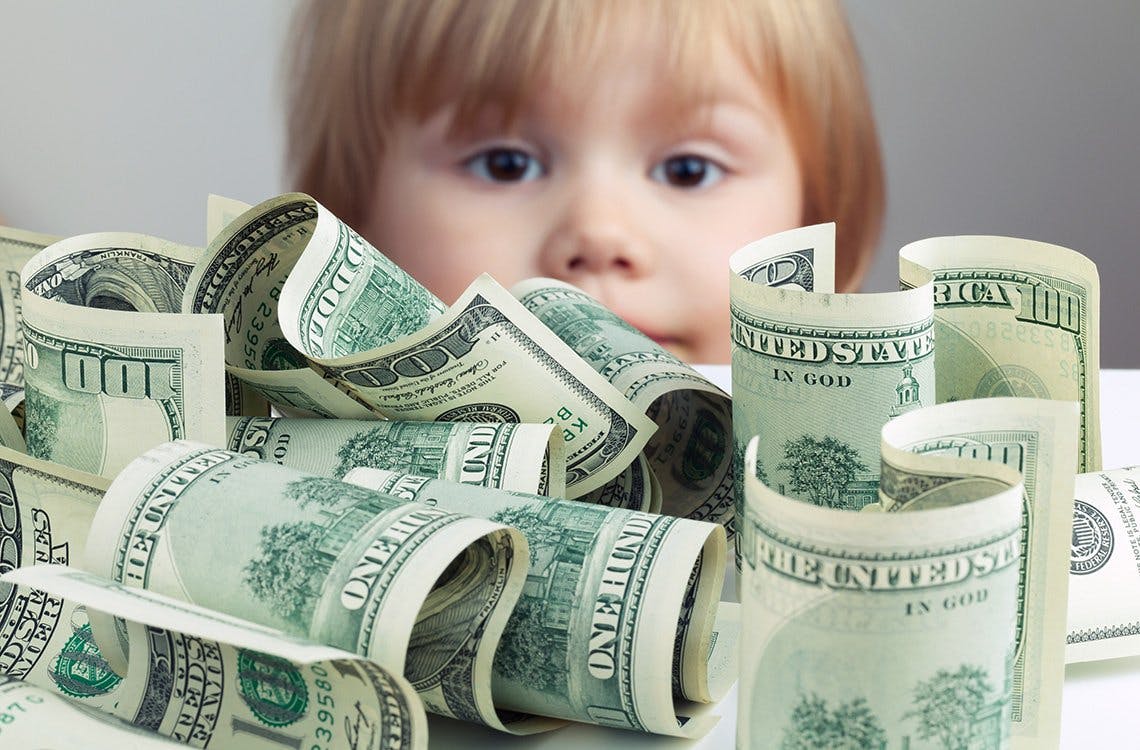
The High Cost of Going Cashless
The loss of choice and privacy is an indirect cost of going cashless. There are also more immediate and tangible costs, typically paid by those who can least afford them. A recent episode of The Couch Report from VICE News—a New York-based current affairs channel—explores the issues, and what’s being done about them.
During March 2020, VICE reports, cash withdrawals fell 25 percent and cashless payment providers enjoyed an abrupt surge in popularity. VISA, for example, recorded a more than 100 percent increase in tap to pay transactions in places such as grocery stores and pharmacies. VICE points out that the fear driving people to avoid cash has now been debunked by studies that show the major risk is ‘being breathed on while you wait in line to pay for your Snapple with literally any kind of currency,’ but damage has already been done.
Companies that profit from cashless payments have long fostered the vision of a cashless future, since lower cash usage equals more transactions from which they can profit. In 2019, credit card use across America yielded $93 billion of fees. Unsurprisingly, VICE notes, card companies have not been shy about sharing their ambition to eradicate cash, with VISA CEO Al Kelly saying openly in 2017 that the company was ‘focused on putting cash out of business’ and later offering 50 small businesses $10,000 if they committed to not accepting cash. The benefits of a cashless society to card providers are immense, and should they one day prove insufficient, VICE observes they can simply raise their fees.
In the Land of the Free, there’s no limit to the fees [card providers] can charge.
With such a strong push to use cashless options, it’s important to keep in mind the fallout for those who prefer to use cash for a wide variety of reasons, and those ineligible for credit, or who otherwise find cashless payment providers unwilling to serve them. If a business refuses cash, it is refusing to serve a large number of people simply based on their payment choice.
Numerous states have already enacted laws banning businesses from going cashless, and more are currently considering legislation. In New York, VICE reports, thousand-dollar fines are being handed out to businesses the first time they’re caught refusing cash, rising to $1,500 for a second offence. Members of Congress are also discussing the possibility of a national ban on cashless businesses. For some, VICE observes, the issue is personal.
I’m a congresswoman who’s been unbanked. I’ve been that person who’s had to rely on cash to get by… This is an equity issue.
As of 2019, the Federal Deposit Insurance Corporation reports around 7 million American households—5.4 percent of the country—were unbanked. VICE notes this figure becomes more pronounced when broken down by ethnicity, with 13.8 percent of Black households and 12.2 percent of Hispanic households lacking bank accounts. Bank fees can prove prohibitive for those with low or irregular incomes, and overdraft fees add to the likelihood of those who have managed to open accounts losing them and becoming unbanked again.
There is also an issue of accessing banking facilities, with VICE highlighting that in New York City, neighbourhoods of colour have an average of one bank per 10,000 residents. This is less than a third of what is typically found in white-majority neighbourhoods.
Ultimately, cashless options are ‘practically free to those who can afford it, and very expensive to those who can’t.’ The right to pay in cash must be protected, for the sake of choice and equality.
Declaring your store officially cashless is another way of saying that, without a certain level of privilege, your money’s no good here… We might want to think twice before hanging those signs up all over the country.
